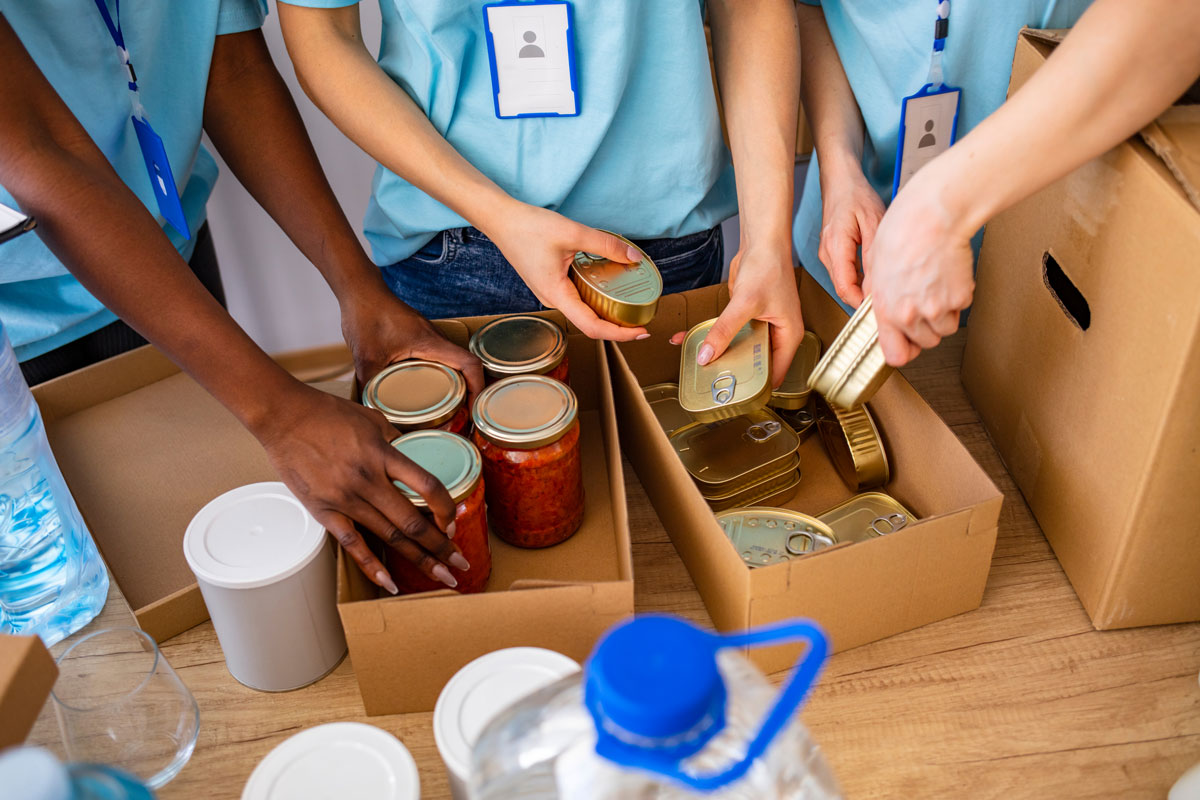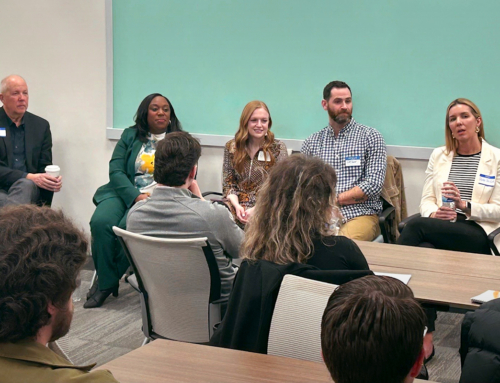For many organizations, giving back to the community is embedded into the company culture.
And for good reason: Volunteerism and charitable giving benefit not just those in need and the community at large, but also the company itself. They can boost employee morale, build corporate pride, convey to the outside world what leadership’s priorities are and create a company that attracts community-minded employees.
When it comes to how your organization communicates about its spirit of giving back, here are three things to consider:
- Make sure you mean it: The term “pinkwashing” exists for a reason, as seemingly every company at this time of year — October, which is Breast Cancer Awareness Month — adorns its packaging, ads, newsletter, headquarters and more with pink ribbons. During Pride Month in June, corporations unleash rainbows far and wide. Neither of these is a bad thing. It’s critical, of course, to support important issues. But if corporate involvement doesn’t go beyond that — donations, employee volunteer hours, speaking out in meaningful ways — then it’s not much more than jumping on a colorful bandwagon.
- Proud but modest: Creating and maintaining a culture of giving back is something to be proud of, to be sure. And there’s nothing wrong with letting people know, whether tweeting about your team’s day spent helping to clean up a park or including photos and stories about mentoring programs in the corporate annual report. But we’ve all seen organizations that can barely sneeze, volunteerism-wise, without letting everyone know about it. If it ever feels like the company is spending nearly as much time telling people about its volunteerism as it spends, well, volunteering, it might be time to re-evaluate the communications strategy.
- Make it fun: Look for ways to telegraph to your team that giving back to the community is part of the culture. Maybe invite people from your favorite charitable organizations to present during a team meeting, which can spark a passion to do more. If your team is competitive, you could set up a little light-hearted rivalry to hit a certain number of hours volunteered or money raised. Supporting the community is serious work, but that doesn’t mean it can’t sometimes be fun, too.








